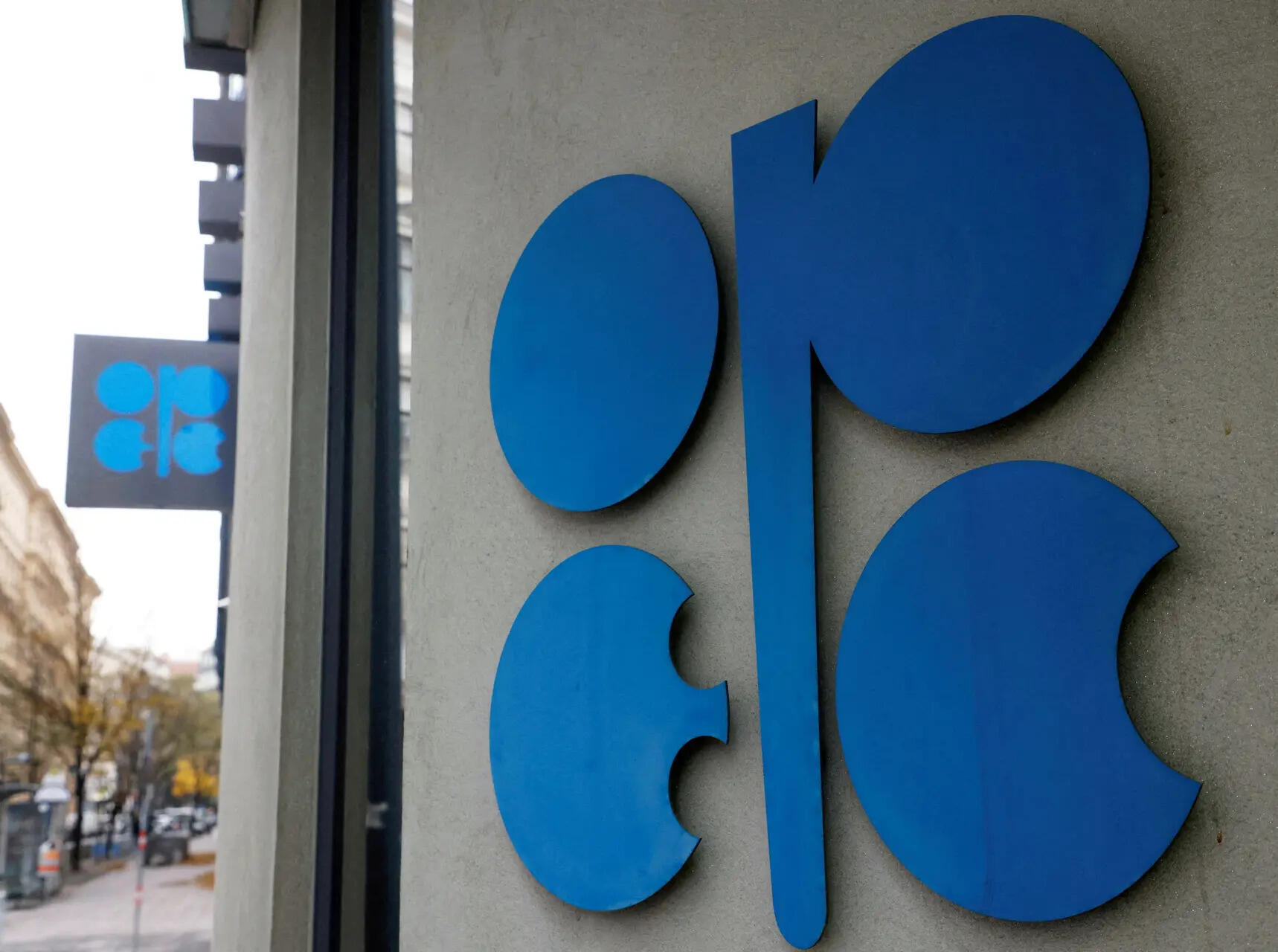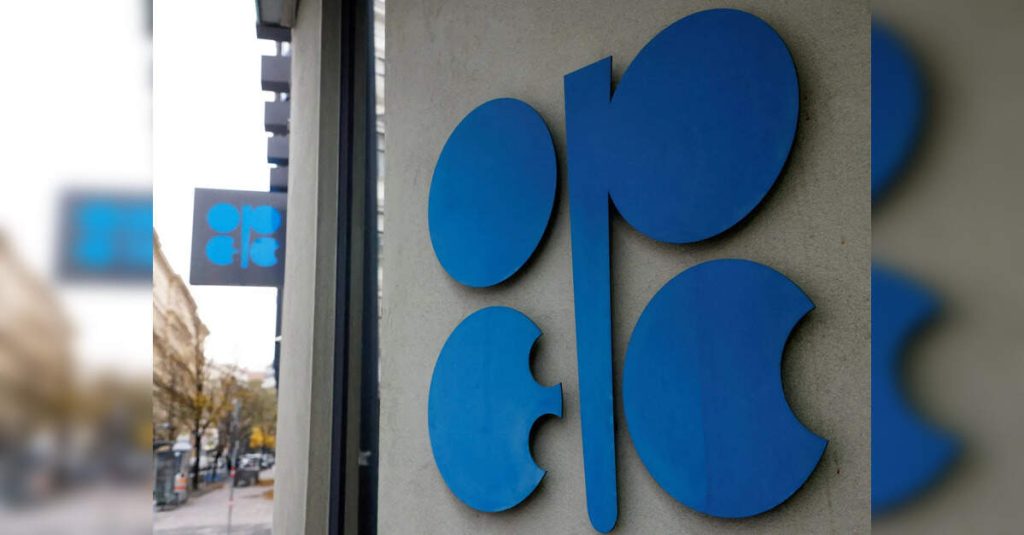
Russia’s revenue from crude oil and oil product sales declined by nearly 14 per cent year-on-year (YoY) in June, reaching $13.57 billion, according to the International Energy Agency (IEA).
This drop comes as global oil prices have fallen due to economic uncertainty and increased output from OPEC+ (the Organisation of the Petroleum Exporting Countries and its allies, including Russia).
Despite the revenue decrease, Russia’s crude oil output remained relatively stable last month at 9.2 million barrels per day (bpd), with crude loadings holding steady at 4.68 million bpd.
However, exports of Russian oil products saw a decline of 110,000 bpd, falling to 2.55 million bpd. Both crude and product volumes in June were near a five-year low.
The IEA noted that this “deterioration in exports has persisted over most of 2024 and 2025 to date,” raising concerns about Russia’s ability to maintain its upstream production capacity.
Price cap and OPEC+ compliance
In June, Russian crude prices averaged below the Western-imposed $60 per barrel price cap, despite exceeding it for a brief 10-day period. Price gains for Russian crude outpaced those for North Sea Dated oil, driven by supply concerns and tight sour crude markets.
Looking ahead, the European Commission is expected to propose a floating Russian oil price cap as part of a new draft sanctions package, according to four European diplomats.
While Russia is meeting its OPEC+ output targets, Kazakhstan has consistently exceeded its agreed-upon curbs. Kazakhstan’s crude production rose by 70,000 bpd month-on-month in June to 1.9 million bpd. This figure is nearly 500,000 bpd above its OPEC+ target and aligns closely with an industry source’s report of 1.88 million bpd last week.


